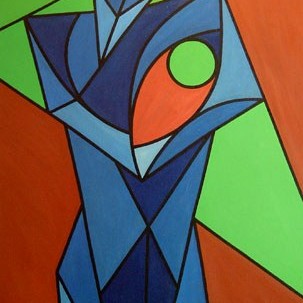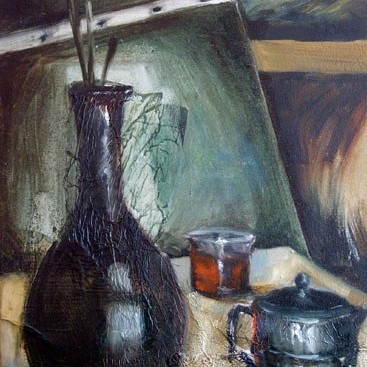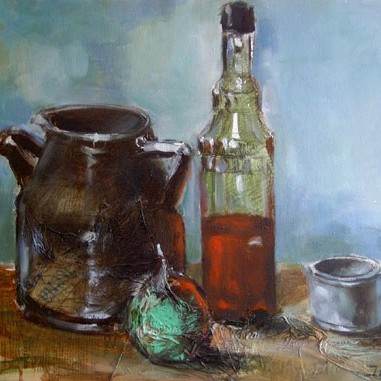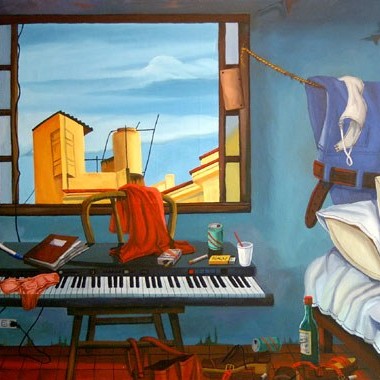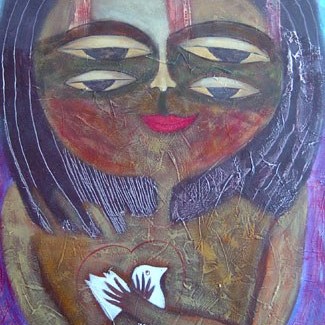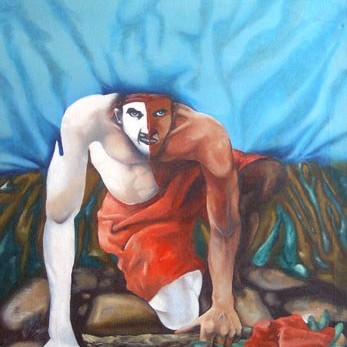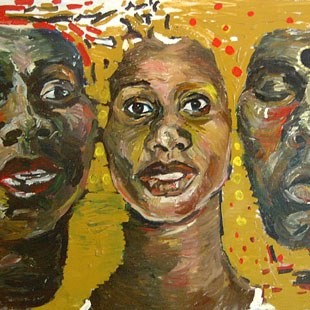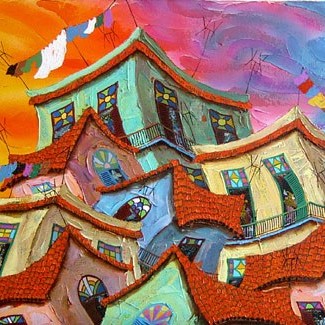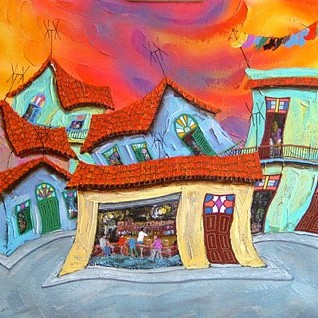Cuban art is something not very well known, but worth to be explored.
We can not talk about the Cuban art without talking about Cuba itself. Because this something that means for us \"Cuba\", also exists in the Cuban art.
Colours. Heat. Secrets. Myths. Desire.Naturally it would be unjust while talking about the Cuban art to limit ourselves only with stressing of the basic characteristics of this insular country. Even though in Europe there are some galleries, which actively co-operate with Cuban artists living abroad, the most important and significant part of the modern art is still created by painters, living in Cuba. It is an extreme rarity to see their works outside the state borders and this has created a badly concealed conviction that the paintings in front of us have been born while being hidden from the worldwide art life. Still, the local art history is as rich in vanguard trends as the art life of any other state, maintaining simultaneously the core that is only characteristic to Cuba.
Beginning of the Cuban national painting is followed since the mid-19th century, when the local cultural climate was rich in independence and ideas, stressing independence. Rapidly emerged several artists, whose creation considerably differed from academism. In a paradox manner they were the ones, who were offered the posts of art teachers in different educational facilities and in this manner was born in academies the new generation of the Cuban painting. So in the beginning of the 20th century it was possible to speak about modernistic art that was followed by young authors, who received their education in academies.Even though the national Cuban art life was fruitful, until the 1920ies there existed no decent possibilities for exposing the works. At the same time artists started to get organised and strengthen their positions, that was strongly supported by the new wave of intellectuals, having emerged in the second half of the 1920ies. Estudio Libre de Pintura y Escultura, having been established in the year 1937, quickly became the gathering spot of modern ideas, where were revived the thoughts that were highly recognised in Europe a couple of decades ago and by proceeding from Cezanne and Gauguin there ware gradually more and more talks of the necessity to change the society through art. It was the second half of the 1930ies, when there appeared the new high tide of national art, when took place active searches for new forms of expression. The currently domineering Spanish or French models were dropped and among other features was emphasized the African origin of the Cuban culture.
After the Second World War, when the centre of the international world of art moved from Paris to New York, the Cuban art started to develop in a synchronised manner with the newest vanguard trends. When in the USA emerged abstractionism, the same also happened in Cuba. More and more became of significance the specific role of serigraphy that has influenced to a very great extent the Cuban art in the form of posters, caricatures, etc. since the beginning of the century up to the present moment. Artists are still young intellectuals, but to a greater extent rise to the fore peasants, who have graduated from art schools.The 1970ies are referred to as the flourishing age of graphical art and drawing that somewhat left into shadows sculpture and painting. Amazingly we also see in the Cuban art of that period such \"Western\" artistic trends as pop, photo realism, etc. Moreover - since the 1980ies and 1990ies more often is talked about postmodernistic trends: conceptualism, happenings, performances, etc.Simultaneously also the modern Cuban painting has made an enormous leap forward.
The works, which are being exposed in the Haus Galerii, are very different from the angle of approach and they also differ thematically: starting from paintings of mythological-symbolistic allusions and finishing with colourful cityscapes with slightly cartoon-resembling choice of colours. In between are placed expressive line games and visionary handlings of the man (three pairs of eyes, man with a face of two different sides, etc.). In addition works, carried in the spirit of geometrical abstractionism and works, recording melancholic modern city life.
.png)
